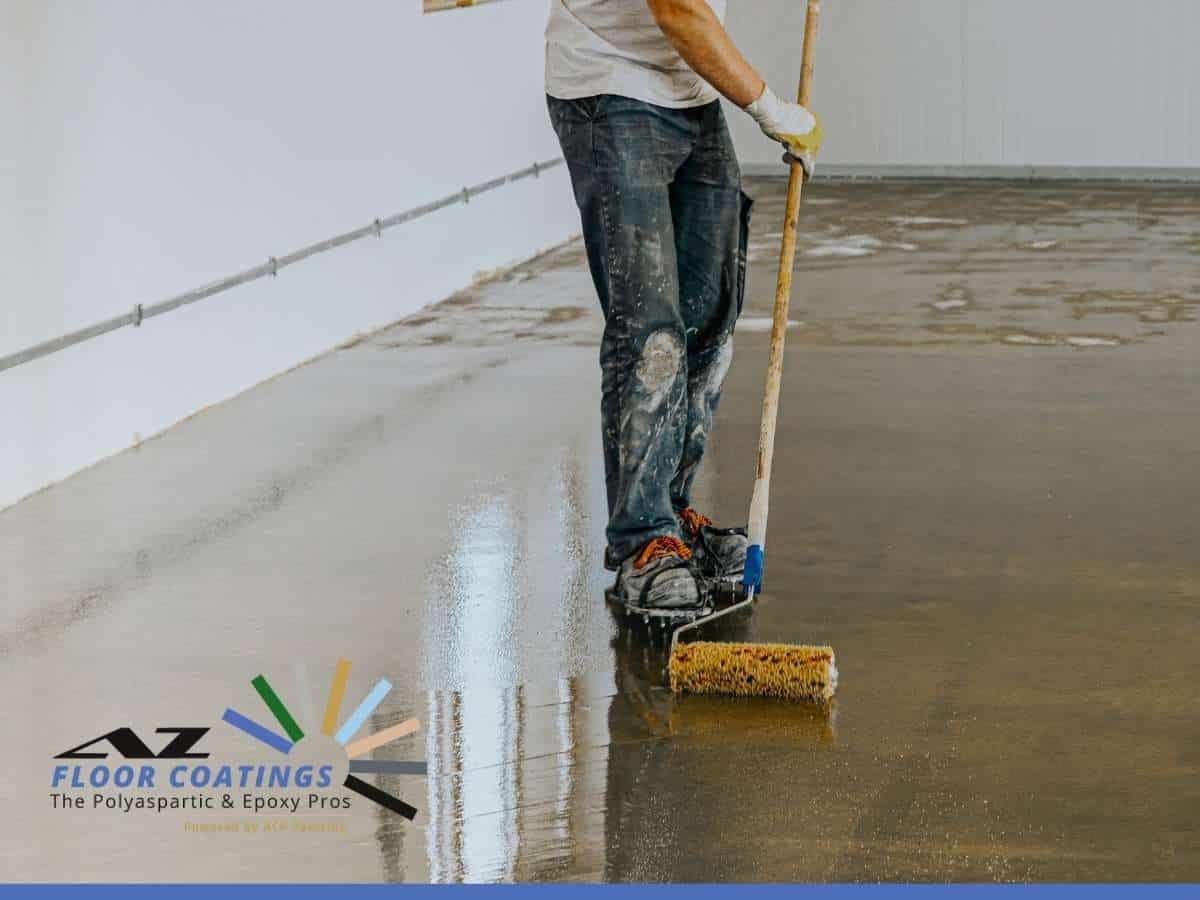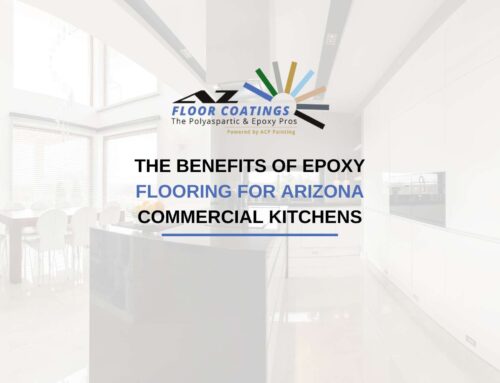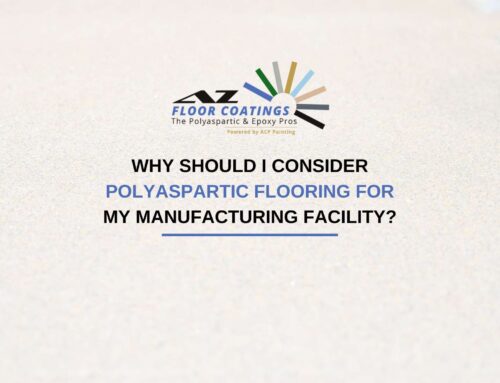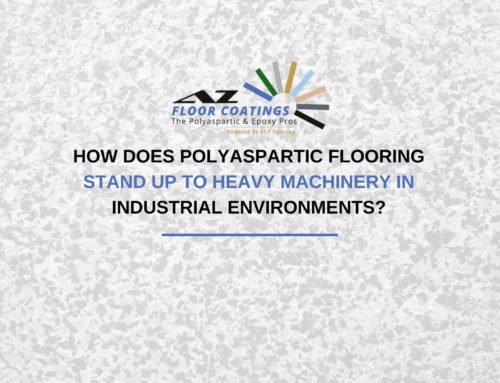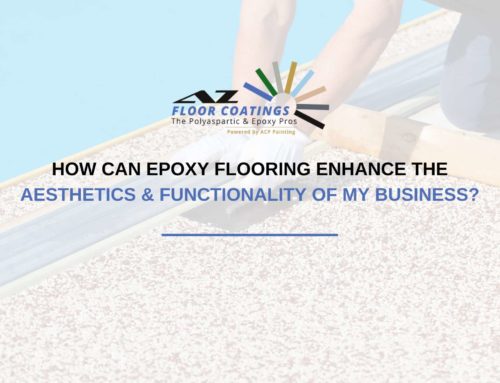When To Replace Your Epoxy Flooring?
If your old epoxy coating is starting to show its age, it’s time to consider replacing it with a polyaspartic coating.
Concrete coating is a popular option for a good reason. It is a fashionable and long-lasting way to preserve basement floors, garage floors, and other surfaces.
Chandler concrete floor coatings can eventually stop working, despite being effective. If the installation is performed incorrectly or the composition is of lower quality, the damage will appear faster. With that in mind, how can you know when it’s time for a new coating?
The indications of wear and incorrect installation are the same whether your coating is polyurea or epoxy. Therefore, we decided to list five signs that can help you identify the damage easily so you can be ready to replace your old coating.
You Can See The Cracks
Concrete coating expands and contracts in response to changing temperatures and moving earth beneath. But when concrete covering ages, its flexibility deteriorates, and cracks appear.
The issue arises when debris, dirt, moisture, and other substances enter these cracks. As a result, both the concrete underneath and the concrete coating continue to be damaged.
Uneven Surface
You have a problem if you can detect dips and bumps as you go down the concrete floor. It can occasionally happen naturally as a result of the ground shifting beneath. But it may also be the result of poor installation.
Dirty equipment, a poor roller sleeve, or the failure to remove all sandblasting materials and detritus can cause hard lumps. Gilbert concrete floor coatings require special installation, so ensure to contact the right professionals to do the project and avoid issues only after a few months.
Standing Water Is Common
You have a water retention problem if your floor is frequently damp or if cleaning up spills seems harder than it should.
There are two interpretations: Either the concrete coating is no longer effectively sealed, or vapor is rising through the subfloor. You will require a new concrete coating in any case. If there is a vapor problem, you must first create a vapor barrier between the earth and your subfloor.
The Coating is Flaking or Bubbling
Peeling or bubbling is a surefire indication of a poor installation. If the floor is not properly cleaned, primed, and sealed, air will get trapped inside the coating while it is installed and drying. This process is known as out-gassing.
A reliable contractor knows how to avoid this issue. When the coating is put on top of grubby concrete, peeling happens. The coating will not adhere correctly if any remaining moisture, oil, or dirt is not thoroughly removed.
Your Floor’s Color is Shifting
Most homeowners spent a lot of time selecting the ideal style among the various colors and textures of concrete floor coatings.
A significant change in the color could easily ruin your aesthetic plans. It also shows that your floor has a moisture issue.
Before you apply a new coating, make sure you don’t have a vapor problem, just like with the moisture problems listed above. Otherwise, you’ll find yourself in the same situation in a few short years.
Whether your concrete coating needs to be redone due to a defective installation or after many years of use, this is not a project you want to put off. Your concrete floor will sustain more damage the longer you wait, costing you more time and money to restore.
What Are The Benefits Of Polyaspartic Coating?
Polyaspartic Coatings provide the expected from polyurethane coating, but at a much higher level. The cure period is also substantially quicker because it contains little to no volatile organic compounds (VOCs).
Its protective strength, flexibility, and physical and chemical resistance make it a common solution for many surfaces, including:
- Garage floors
- Industrial applications
- Molded parts in the automotive industry
Polyaspartic Coatings resist corrosion quite well too. For commercial vehicles, wind power plants, construction and agricultural equipment, and other weather-sensitive gear, a polyaspartic coating provides excellent corrosion protection.
Polyaspartic floor coatings remain clear for long periods. They won’t discolor or blush even if exposed to moisture.
A polyaspartic protective coating’s exceptional abrasion resistance and longevity make it perfect for stained and decorative concrete, as well as concrete overlays in heavy-traffic commercial locations. Even faded color can be restored thanks to the coating’s clarity and gloss.
Because it contains few or no volatile organic compounds (VOCs), or harsh solvents, it cures faster and requires less downtime. Amazingly, your staff and clients can return to your facility in a short period.
Same-Day Concrete Polyaspartic Coating Installations
Polyaspartic floor coatings are an excellent alternative for intensively trafficked concrete surfaces. Installing a polyaspartic coating is the perfect choice if you need to protect your garage floors from heavy traffic or if you want a gorgeous custom flooring design.
AZ Floor Coatings: The Polyaspartic & Epoxy Pros can help you get the ideal floor coating for your project. Get in touch with our team to get started!
AZ Floor Coatings
19342 N Maricopa Rd
Maricopa, AZ 85139
Phone: (480) 764-3556
Email: [email protected]

